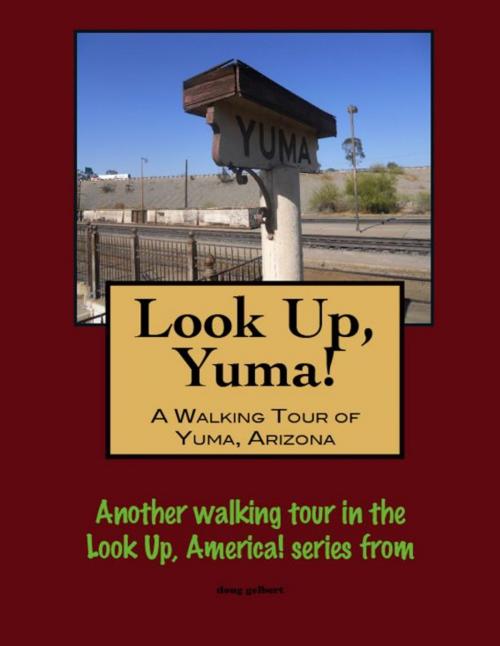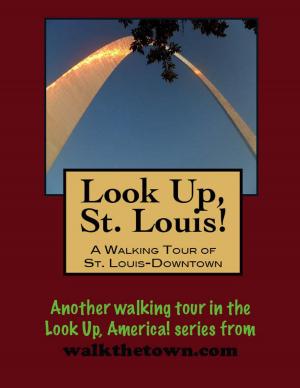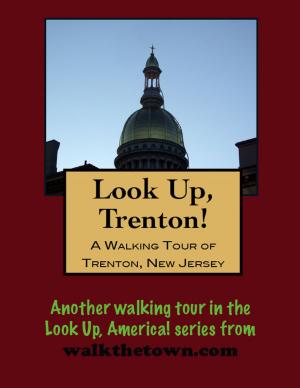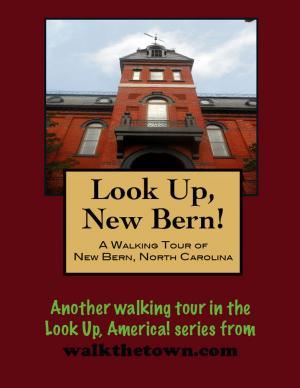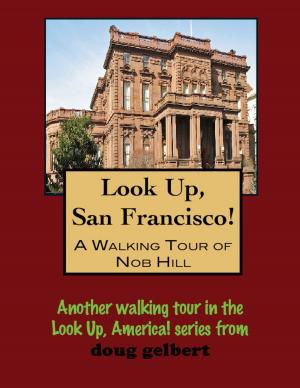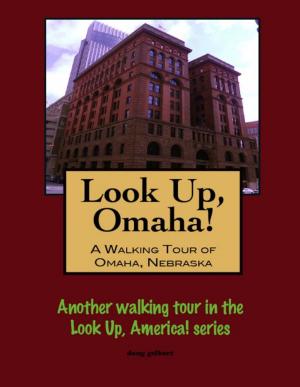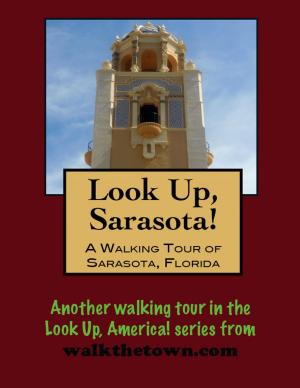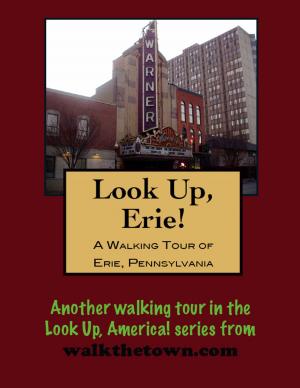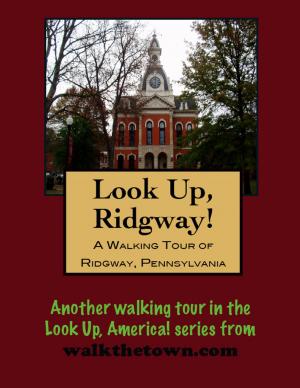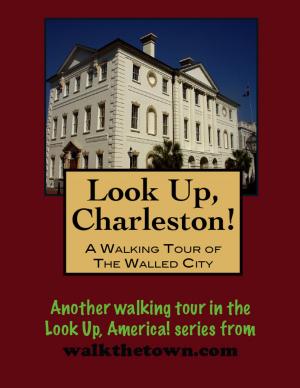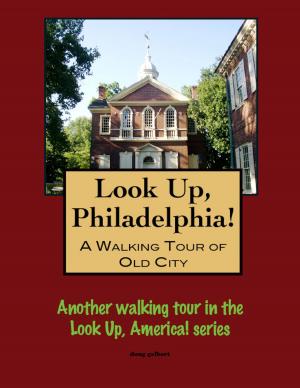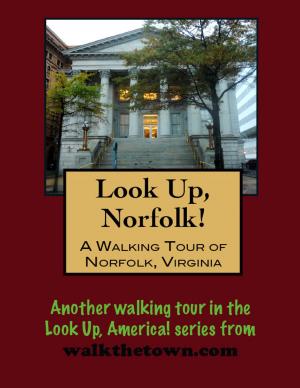| Author: | Doug Gelbert | ISBN: | 9781301332250 |
| Publisher: | Doug Gelbert | Publication: | November 9, 2012 |
| Imprint: | Smashwords Edition | Language: | English |
| Author: | Doug Gelbert |
| ISBN: | 9781301332250 |
| Publisher: | Doug Gelbert |
| Publication: | November 9, 2012 |
| Imprint: | Smashwords Edition |
| Language: | English |
There is no better way to see America than on foot. And there is no better way to appreciate what you are looking at than with a walking tour. Whether you are preparing for a road trip or just out to look at your own town in a new way, a downloadable walking tour is ready to explore when you are.
Each walking tour describes historical and architectural landmarks and provides pictures to help out when those pesky street addresses are missing. Every tour also includes a quick primer on identifying architectural styles seen on American streets.
Today, when watching people splash in the placid waters of the Colorado River, it takes a leap of imagination to picture the frothy, dangerous waters that flowed through Arizona for millions of years. There was almost no place where it was safe to cross the Colorado and travelers had to come south from the confluence with the Gila River to where modern day Yuma stands to find a place where the granite outcroppings caused a natural narrowing and calming of the river. The United States acquired this region via the terms of the Treaty of Guadalupe Hidalgo in 1848, just in time for the California Gold Rush. It is estimated more than 60,000 gold hunters used L.G.F. Jaeger’s rope ferry across the Colorado River in Yuma to reach the California gold fields between 1850 and 1851, paying $2 a head.
The stream of traffic did not escape the attention of the United States Army which established Fort Yuma in 1852 on a hill overlooking the crossing. A town called Colorado City grew up here but it was washed away by the Colorado River and rebuilt as Arizona City. In 1866 a street grid was laid out with a 100-foot wide Main Street able to handle the most ambitious wagon trains. In 1871 Arizona City was officially incorporated and two years later became Yuma.
In 1876 the Yuma Territorial Prison was established on the banks of the Colorado River with prisoners hacking the first seven cells from the granite walls of granite. Prisoners would keep at work building the notorious prison until it closed in 1909 by which time a total of 3,069 prisoners, including 29 women, had been detained. In 1910 fire destroyed Yuma High School and for the next five years classes were held in the cellblocks and sports teams adopted the nickname, the Yuma Criminals.
In 1916 floodwaters on the Gila River swept into Yuma causing the worst of many floods that ravaged the town. It was also the last major flood, thanks to dams created by the Bureau of Reclamation. After that adobe buildings were banned in downtown Yuma and new construction adopted the newly trendy Spanish Colonial Revival style; in 1925 Main Street was paved for the first time. The streetscape we will encounter in downtown Yuma dates to that era but first we will begin our walking tour of the sunniest place in America along the Colorado River near the crossing that made the town famous...
There is no better way to see America than on foot. And there is no better way to appreciate what you are looking at than with a walking tour. Whether you are preparing for a road trip or just out to look at your own town in a new way, a downloadable walking tour is ready to explore when you are.
Each walking tour describes historical and architectural landmarks and provides pictures to help out when those pesky street addresses are missing. Every tour also includes a quick primer on identifying architectural styles seen on American streets.
Today, when watching people splash in the placid waters of the Colorado River, it takes a leap of imagination to picture the frothy, dangerous waters that flowed through Arizona for millions of years. There was almost no place where it was safe to cross the Colorado and travelers had to come south from the confluence with the Gila River to where modern day Yuma stands to find a place where the granite outcroppings caused a natural narrowing and calming of the river. The United States acquired this region via the terms of the Treaty of Guadalupe Hidalgo in 1848, just in time for the California Gold Rush. It is estimated more than 60,000 gold hunters used L.G.F. Jaeger’s rope ferry across the Colorado River in Yuma to reach the California gold fields between 1850 and 1851, paying $2 a head.
The stream of traffic did not escape the attention of the United States Army which established Fort Yuma in 1852 on a hill overlooking the crossing. A town called Colorado City grew up here but it was washed away by the Colorado River and rebuilt as Arizona City. In 1866 a street grid was laid out with a 100-foot wide Main Street able to handle the most ambitious wagon trains. In 1871 Arizona City was officially incorporated and two years later became Yuma.
In 1876 the Yuma Territorial Prison was established on the banks of the Colorado River with prisoners hacking the first seven cells from the granite walls of granite. Prisoners would keep at work building the notorious prison until it closed in 1909 by which time a total of 3,069 prisoners, including 29 women, had been detained. In 1910 fire destroyed Yuma High School and for the next five years classes were held in the cellblocks and sports teams adopted the nickname, the Yuma Criminals.
In 1916 floodwaters on the Gila River swept into Yuma causing the worst of many floods that ravaged the town. It was also the last major flood, thanks to dams created by the Bureau of Reclamation. After that adobe buildings were banned in downtown Yuma and new construction adopted the newly trendy Spanish Colonial Revival style; in 1925 Main Street was paved for the first time. The streetscape we will encounter in downtown Yuma dates to that era but first we will begin our walking tour of the sunniest place in America along the Colorado River near the crossing that made the town famous...
